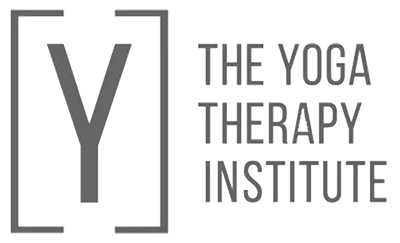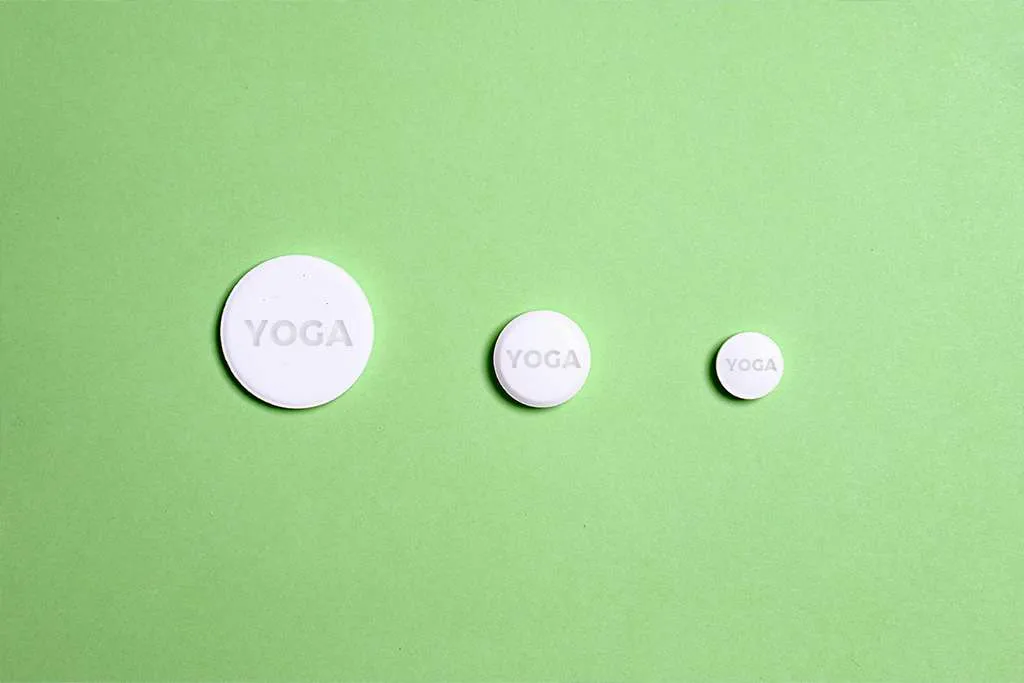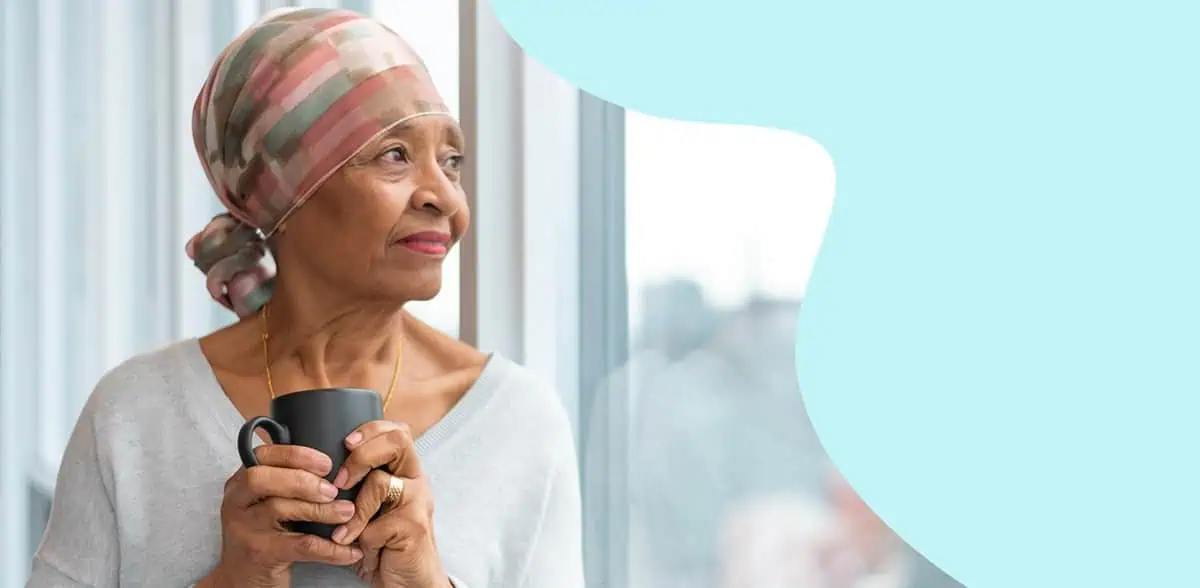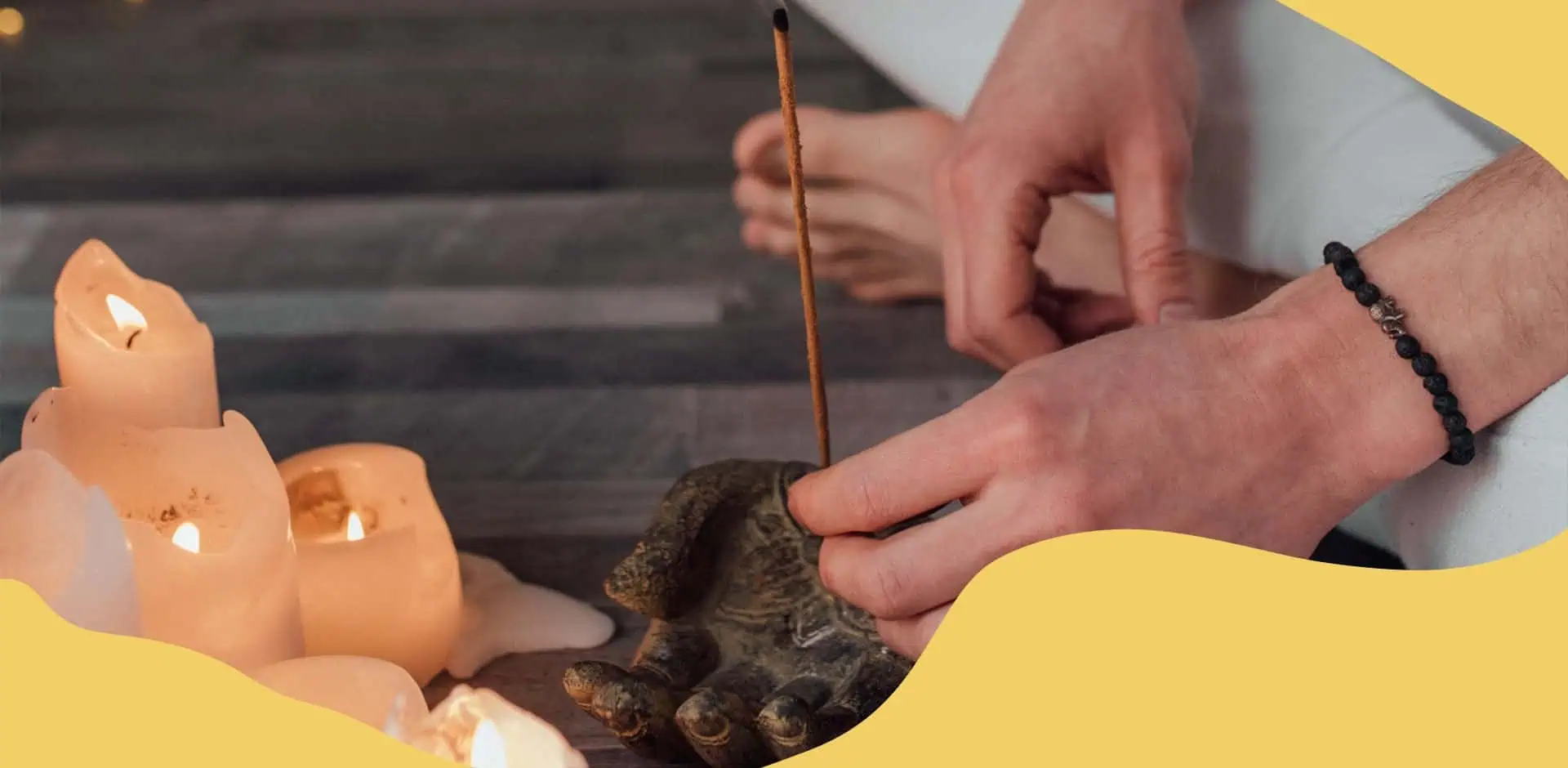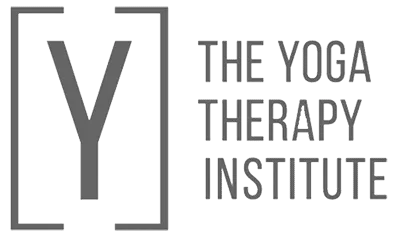
Who are we doing this for?
As the year comes to a close, I find myself taking a moment to deeply reflect on the essence of Yoga Therapy.
The Real Reason Behind Yoga Therapy
A little while back, I took a stroll with one of our teachers in a peaceful garden with Japanese undertones in our neighborhood. Our conversation naturally turned toward the rapid growth of Yoga Therapy, the explosion of events, and global associations – even reaching as far as Japan, coincidentally. We discussed the growing regulations, raising of standards, course entry requirements, certification exams, the increased recognition of Yoga Therapy by health insurance companies, and more.
Amidst the excitement of it all, I found myself wanting to pause…
As I stood among the green trees and blue sky, This all seemed very exciting, but I looked at my friend and wondered, “Who are we doing all of this for?” The answer appeared crystal clear to me, yet it felt appropriate to reiterate in light of all these changes happening.
Our work as Yoga Therapists is dedicated to the most vulnerable among us, to those in pain, and to those whose lives are restricted by illness and frozen by fear. We learn to bring rest to those who struggle to sleep, to assist movement for those who cannot move. We collaborate with other health professionals when necessary. We offer a comforting cup of tea, a friendly smile, and create a safe space where breathing deeply becomes possible again. Ultimately, we do it because our hearts are filled with care for others.
It’s a heart-warming feeling knowing that at the end of the day, we’ve brought a moment of peace to someone who had almost given up on finding it again.
A Call to Serve
Later that same week, I met with a young girl coming for Yoga Therapy for the very first time. Her mother reached out to me in a desperate plea for help. Her 22-year-old daughter suffered a spinal fracture in two vertebrae, which are now fused, and the hospital has said there’s nothing more they can do, despite her enduring pain.
Even the physiotherapist’s efforts have been limited. He recommended her to see me – yes, we collaborate with physiotherapists who are familiar with our work, and local doctors, especially when anxiety and stress worsen their patients’ conditions. I can only imagine the worry the mother feels, watching her young daughter suffer from a spinal injury, with doctors sending her home as if returning to a normal life was easy.
Solid knowledge and training provide the confidence to work safely in cases like this. Yoga and Yoga Therapy have proven to be highly effective for pain management. While numerous scientific studies support this, I’ve witnessed it first-hand working with countless individuals experiencing both physical and emotional pain. A well-trained Yoga Therapist understands that physical pain often goes hand in hand with emotional pain, and vice versa. That’s why, in Yoga Therapy, we tailer our approach for each individual, considering their unique circumstances and their whole being.
I knew that by practicing Yoga therapy with this young girl, the influence of our work had the potential to extend to others, from her mother, other members of her family and the wider community of people who cared about her and shared the desire for her well-being.
A Vision for Change
When I founded The Yoga Therapy Institute in 2017, I envisioned a Yoga Therapy world different from the current “pay-as-you-go” Yoga training culture, where a mere fee and a 200-hour training in Bali – as nice as it is – are deemed sufficient for guiding a group of individuals in their health practices.
Of course, we must begin somewhere, and there is a need for a minimum number of accessible training hours for those inspired to pursue the ‘Yogic path’. However, in a globalised world, we require international standards and regulations to safeguard everyone from inadequate and potentially harmful practices – and that includes teachers and therapists themselves.
At our school, we’ve taken it upon ourselves to ensure a careful selection process for our diplomas, cultivating a path for individuals who may eventually serve as Yoga Therapists. In our IAYT-Accredited Diploma program, we incorporate over 150 hours of practical training, supervised and monitored clinical case studies, written assessments, and a final evaluation to assess not only knowledge and skills but also the subtler qualities of a Yoga Therapist.
We must never forget, not even for a moment, that our graduates will work with individuals who may be suffering greatly and are in desperate need of assistance. Therefore, our graduates must be fully prepared, both mentally and physically.
Yes, thinking about fitting two, three or even four years of Yoga Therapy training into your already busy life can feel overwhelming. But I also know from experience that those who feel called to this path will start seeing people differently from the very first lesson. They’ll start paying attention to details like breathing patterns, posture, subtle signs of pain, moments of disassociation, and gently explore these aspects in a new way. The real work doesn’t start upon graduation; it starts the moment you decide to commit your life to the well-being and healing of others.
Our Evolving Focus
Walking alongside my friend in the peaceful surroundings, I’m reminded of the ultimate reason driving our efforts. Is it to train the world’s finest Yoga Therapists? Is it to elevate Yoga Therapy into a global phenomenon? Or is it to support Yoga teachers in their pursuit of self-realisation?
Over the past seven years, we’ve come to realise that not everyone who joins our community will ultimately become a certified Yoga Therapist – and that’s perfectly okay. Our focus has shifted towards enabling and empowering those who strive to make a real difference through Yoga and Yoga Therapy. That path can vary greatly for each of our students. We’ve seen mental health caregivers, for example, do incredible work after attending just one of our Intensive, Short or On-Demand Courses. Often, it’s about a change in perspective and incorporating simple techniques that can have a profound impact.
That’s why we’ve spent the last year making it easier – both in terms of cost and time – for those passionate about integrating Yoga Therapy tools, without the necessity of committing to becoming a certified Yoga Therapist. If we can help Yoga teachers and healthcare professionals improve the safety, inclusivity, accessibility, and compassion in their sessions by participating in one of our Short Courses, it’s already a great step towards our mission.
Some students enrol in our courses seeking relief from their own pain, but personal experience doesn’t automatically qualify them to become Yoga Therapists. However, this connection makes sense because our own life struggles can often serve as a powerful source of inspiration to help others.
I’ve personally advised some students to explore paths other than Yoga Therapy or to take more time before venturing into this field. Just as not everyone can be a firefighter, engineer, or pilot, not everyone is destined for this role. Yet, this doesn’t mean that we can’t all benefit from the exploration of Yoga and its therapeutic aspects. That’s why we welcome everyone to, at the very least, engage in self-inquiry and ask yourself “Who are you doing this for?“
Yoga Therapy: Who Are We Doing This For?
The irony of all these changes happening in the governmental, educational, and scientific worlds of Yoga Therapy is that most of my past clients don’t necessarily remember the name or even the details of the practices we did. Instead, they remember how they felt. The conversations we had, the laughter we shared, and the connections we formed. I’m not sure if these subtle, intangible aspects of our work can ever be put into a set of rules or guidelines. In a way, they should.
The way I see it, the purpose of my work is to bring solace to that one person whose life is limited due to their suffering, to create a safe space, offer relief, and the possibility of change to those experiencing pain, in all its many forms. If I can dedicate my work to that person, the effect will be felt in their closest surroundings, their family, friends, community, and ultimately, in the whole world.
Every morning, I begin my day by meditating on this purpose. I focus my thoughts on them, and I make a promise to never forget.
With love and gratitude to each and every one of you with a service heart and to the clients who continually inspire the work of Yoga Therapy.
